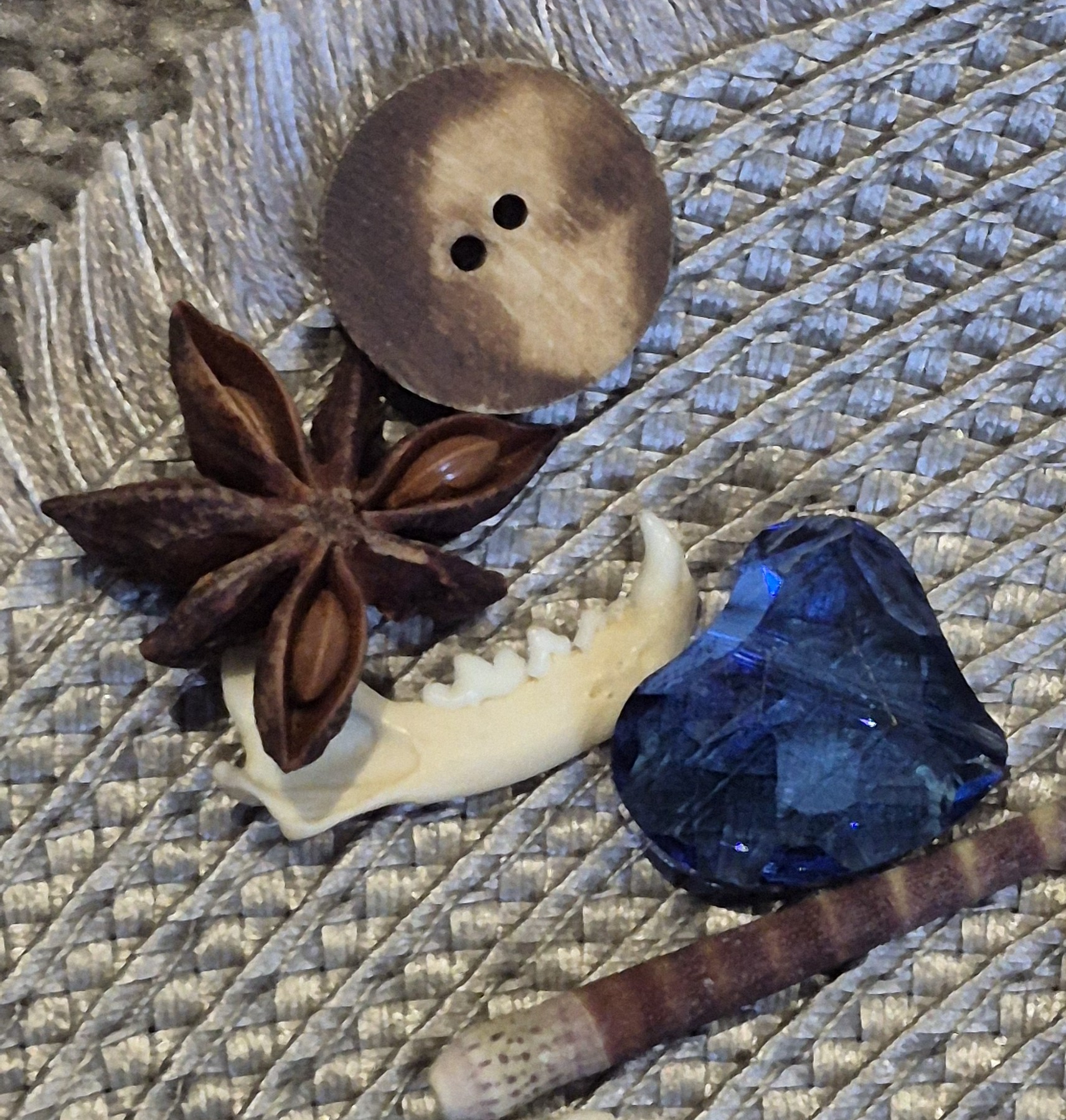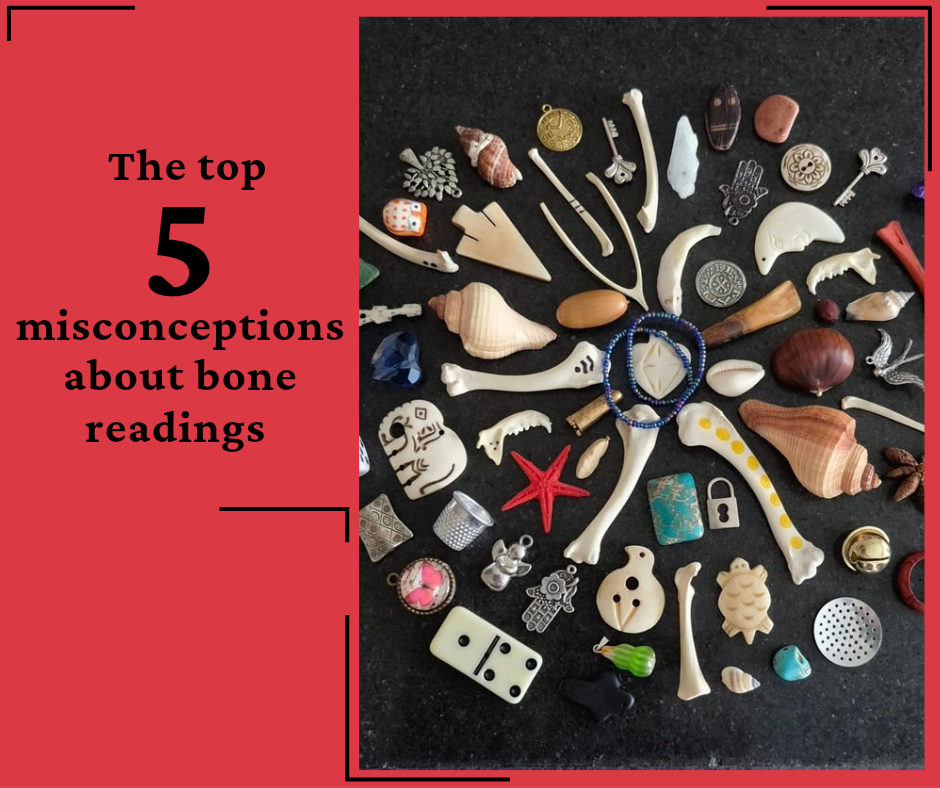Building a bone reading set is a process that blends history, observation, and personal meaning. A bone reading set isn’t just a pile of objects—it’s a practical toolkit for reflection and interpretation. Each piece carries a story or concept, and together they form a system you can use to explore questions or situations. Whether you’re just starting out or refining your approach, these tips can help you create a set that’s balanced, functional, and genuinely your own.
1. Start with Purpose and Focus
Before gathering objects, decide what you want your bone reading set to do. Many people use their sets for ancestrally-led guidance around decisions, while others focus on self-reflection. A clear purpose helps you select items that represent the areas of life you care about—like relationships, work, health, or creativity. Without direction, it’s easy to collect pieces that look interesting but lack meaningful context. Purpose is what ties your set together.
2. Choose Objects That Resonate
The most effective bone reading sets are built from items that feel personally relevant. Traditional sets might include either the bones of a single animal, or they may be a mixture of small bones, shells, coins, and other items. Each item should represent a concept or theme—something that naturally comes to mind when you hold it. For example, a coin might symbolize value or exchange, while a rib bone could represent constriction. The materials don’t need to be expensive or rare; they just need to carry significance for you.
3. Keep It Manageable at First
It’s tempting to start with a large collection, but beginning with a smaller set makes learning easier. Around 10 to 15 pieces is a comfortable starting point. With fewer objects, you can focus on developing consistent meanings and noticing patterns when you throw them. As you gain experience, you can expand your set with new items that complement or deepen existing themes. This gradual approach helps you stay connected to every piece rather than feeling overwhelmed by too many options.
4. Define Each Symbol Clearly
Every object in your bone reading set should have a clear role. Take time to assign each one a meaning that feels specific and useful. Write these associations down in a notebook or digital file for reference. The meaning doesn’t have to be traditional or fixed—what matters is that it makes sense to you and remains consistent during readings. If you decide that a stone represents stability, for instance, stick with that interpretation until it truly feels natural. Over time, your understanding of each piece may evolve, and that’s part of the learning process.
5. Prepare a Dedicated Reading Surface
A stable surface will help you to perform readings comfortably and interpret results accurately. Many readers use a cloth, tray, or shallow bowl as their base. A simple piece of fabric works well, especially if it can be folded and stored with your set. You can leave the surface blank or mark subtle sections—such as “past,” “present,” and “future”—to guide interpretation. Keep the surface consistent so you can recognize how your items behave and relate to each other over time. You may find it easiest to place your reading surface on the floor, as pieces can easily fly off of a table when you throw your bone reading set.
6. Cleanse and Store Your Set Thoughtfully
Before using your bone reading set, it’s helpful to clean or “reset” it so the items start with a clear association. This can be as simple as gently washing or wiping each piece, then drying them completely. Take a quiet moment to focus on your intention for the set and, if you’re that way inclined, dedicate and present them to your ancestors before you first use them. When not in use, keep everything together in a pouch, small box, or drawstring bag. Storing the pieces together protects them physically and maintains their sense of unity as a system.
7. Practice Observation and Consistency
The skill of bone reading comes from practice. Start with general questions, such as “What do I need to pay attention to right now?” Throw your set onto the surface and observe how the pieces fall—where they cluster, how they overlap, and which direction they point. Take notes on what stands out and what patterns you notice. With repetition, you’ll begin to recognize relationships between items and gain a feel for how your set communicates meaning. Consistency is what turns a handful of objects into a reliable interpretive tool.
8. Expand Gradually and Intentionally
Once you’re comfortable with your foundational pieces, you can add new ones to represent broader themes or personal experiences. Maybe a compass charm for direction, a heart-shaped bead for emotion, or a small nail for challenge or resilience. When adding to your bone reading set, introduce one or two items at a time and practice with them separately before combining them into full readings. Each addition should serve a purpose, reinforcing the system you’ve already built.
9. Keep a Reading Journal
Documenting your readings is one of the most effective ways to develop your understanding. After each session, sketch or describe how the pieces landed and what you interpreted from the layout. Over time, review your notes to see which patterns repeat and how your interpretations evolve. A reading journal also helps you refine the meanings of your symbols and recognize how your set reflects real-life experiences.
10. Maintain Respect and Reflection
Creating and using a bone reading set is about attention and awareness. It’s not about prediction or control—it’s about learning to notice connections and consider perspectives you might otherwise overlook. Treat your set with care, and approach readings with curiosity rather than expectation. The more respect you bring to the process, the more meaningful the insights become.
Final Thoughts
A bone reading set works best when it feels grounded and personal. Every piece, surface, and action should serve a purpose and contribute to a system you understand intuitively. Start simple, observe carefully, and let your practice evolve naturally. With time and consistency, your set becomes more than a collection of objects—it becomes a familiar and trusted way to explore your thoughts and decisions.


